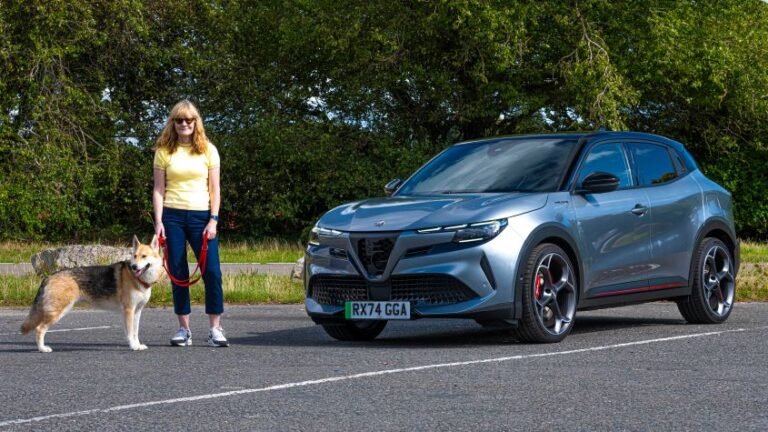

- Early sketches reveal a minimalist concept that evolved into the Land Cruiser FJ.
- Toyota designers shaped the compact SUV using classic cues and modular forms.
- The interior carries the same boxy philosophy with a focus on modularity.
The much-anticipated Land Cruiser FJ has finally made its debut, and Toyota has once again shared a set of behind-the-scenes sketches revealing the creative path that led to its design. Judging by these images, the curious muse for the compact off-roader seems to have been an object far removed from the world of motoring.
More: Toyota Won’t Let America Or Europe Have Its New FJ Cruiser
Toyota designers are known for starting with the vehicle’s fundamental form before turning their attention to the finer details. Early sketches show this philosophy clearly, depicting a futuristic concept defined by its boxy silhouette, softened corners, and wide stretches of glass.
What Sparked Their Imagination?
Their muse, it turns out, was the humble dice. Its clean geometry was stretched, given four wheels, and set upright so its flat faces could become the greenhouse.
From there, Designers added horizontal fender elements over exposed wheels, a sturdy frame, and room up front for the drivetrain. Steel protection at the rear doubles as a mount for the full-size spare, finishing the evolution from gaming piece to trail machine.
While the first iteration looked too wild for production, its simple geometry provided the blueprint for what followed. Subsequent sketches introduced more conventional off-road proportions, along with styling cues from the Land Cruiser heritage.
The chamfered hood edge, the upright stance, and those circular headlights flanking a square grille all nod to earlier generations.
Toyota also experimented with futuristic LED setups that later evolved into two different headlight variations. Another sketch depicts the evolution of the taillights that stick out of the sides and feature C-shaped LED graphics.
More: Take A Look At Toyota’s Early Design Proposals For The GR Supra
Naturally, the greenhouse of the production vehicle is significantly smaller, but the rear glass retains a similar shape to the dice-inspired concept. The same applies to the boxy front fenders and the surfacing all around the bodywork.
Inside, the same geometric logic continues. Multiple box-like layers shape the dashboard, storage areas, center console, and door panels. A few sketches even show mounts for extra equipment.
We can also see a screen-less version, although the production model features a conventional digital cockpit, at least in the high-spec trim shown during the reveal.
Peeking behind the scenes of a design studio is always interesting. Fortunately, automakers such as Toyota and General Motors have become more open about their creative process, offering the public a rare view of how ideas take shape.
Toyota


